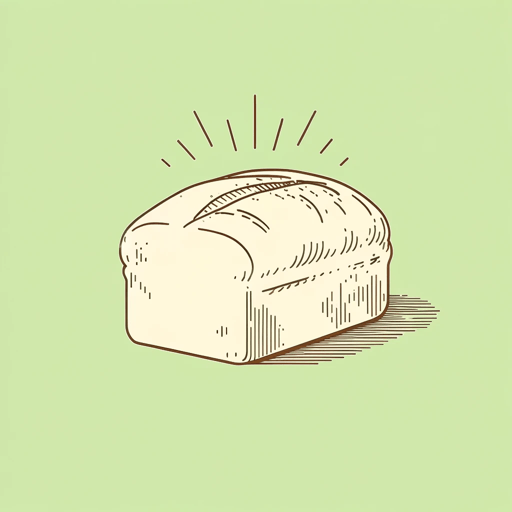36 pages • 1 hour read
Anne HolmI Am David
Fiction | Novel | Middle Grade | Published in 1963A modern alternative to SparkNotes and CliffsNotes, SuperSummary offers high-quality Study Guides with detailed chapter summaries and analysis of major themes, characters, and more.
Summary and Study Guide
Overview
I Am David by Anne Holm is a children’s historical fiction novel written in 1963. It was originally written in Danish but has since been translated into many languages, including English, Norwegian, Swedish, Finnish, German, Dutch, Afrikaans, French, and Konkani. It was first published in the United States under the name North to Freedom but eventually was retranslated into its original title. It was made into a movie in 2003. The novel received several awards, including the Crystal Heart Award, the Lewis Carroll Shelf Award, the Best Scandinavian Children’s Book, the Boys Club of America Junior Book Award Gold Medal, and was an American Library Association Notable Book. The edition used for this guide is the 1991 New Windmill Series edition.
Content warning: This guide references cruelty, violence, and neglect.
Plot Summary
David is a 12-year-old boy who has lived his entire life in a concentration camp in what can be best guessed from geographical clues as Bulgaria. David has no knowledge of his parents or family or why he is in the camp. David has one friend inside the camp, whose name is Johannes, but the reader learns through a flashback that Johannes died three years earlier from a heart attack. There is one particular commandant of the concentration camp—referred to simply as “the man”—who has taken a strange interest in David, and he makes sure the boy has taken his vitamins and has enough to eat. One day, without much explanation, this man sets up an escape for David. He hides a bag with bread, a bottle of water, and a compass in it outside the fenced perimeter of the camp. Then he turns off the electric current on the fence for just a moment so that David can sneak over. The man tells David to go south to Salonika, take a boat to Italy, and then make his way north to a country called Denmark.
David jumps on a truck headed to Salonika and, hidden, eats some of the food that is in the truck bed. He jumps out when the truck stops and looks around until he finds a boat labeled “Italy.” He sneaks onto the boat and hides again. David spends a few days hidden; when he is finally found, the Italian sailor decides to help the little boy and gently lowers him over the side of the boat with a lifebelt. David eventually manages to float to the coast of Italy.
David is so moved by the beauty of Italy that he weeps. He washes himself and his clothes thoroughly in a river; this cathartic process leaves him feeling freed from the concentration camp. He finds a cave and spends a few days there, journeying into the nearby town every day to learn more about Italy and life outside the camp. People begin to wonder about David; he hears people talking about him with suspicion in their voices, so he runs away, heading north. David drops his compass into the ocean accidentally. At this point, he decides that he needs God. He remembers a piece of scripture and pledges his allegiance to the God of “green pastures and still waters.”
Along the way, David helps people, and they sometimes show their gratitude with money. David’s journey changes how he interacts with people and sees the world now that he is outside the concentration camp. One day, he saves a girl from a fire in a shed where she is trapped. The girl’s name is Maria, and David spends some time with her and her family. They teach him about the different countries of the world, of which he was previously ignorant. The family grows concerned about his unusual manner and his relationship with Maria and becomes worried about his extensive knowledge of death and pain. David does not get along with the eldest son of the family. After hearing the adults speaking about him privately, David leaves a note and flees again. Much later, he sees an ad in the paper written by Maria’s parents, who say they would like to offer David a home, and they understand his previous reserved nature.
Later, David meets Sophie, a middle-aged lady in Switzerland who paints. She asks David if she might paint him and invites him to stay with her. While visiting, David sees a picture of a woman in Denmark, and Sophie says the woman’s husband and child, named David, were both killed. A guard let the woman escape because he was in love with her. David realizes that the woman in the picture is his mother, and the guard who helped him escape was the guard who helped his mother escape.
Winter arrives, and David is held prisoner in the mountains by a farmer who uses him for work. Though he is being held as an enslaved person, David is grateful for shelter from the snow and is kept company by the farmer’s dog, King. When the snow thaws, he cuts a hole in the stable, digs a tunnel through the snow, and escapes, followed by King. The dog later sacrifices his life so that David can sneak over the East German border while the guards are distracted by the dog.
When David arrives in Copenhagen, he looks up his mother’s address in the telephone book. When she answers the door, she recognizes him right away.

